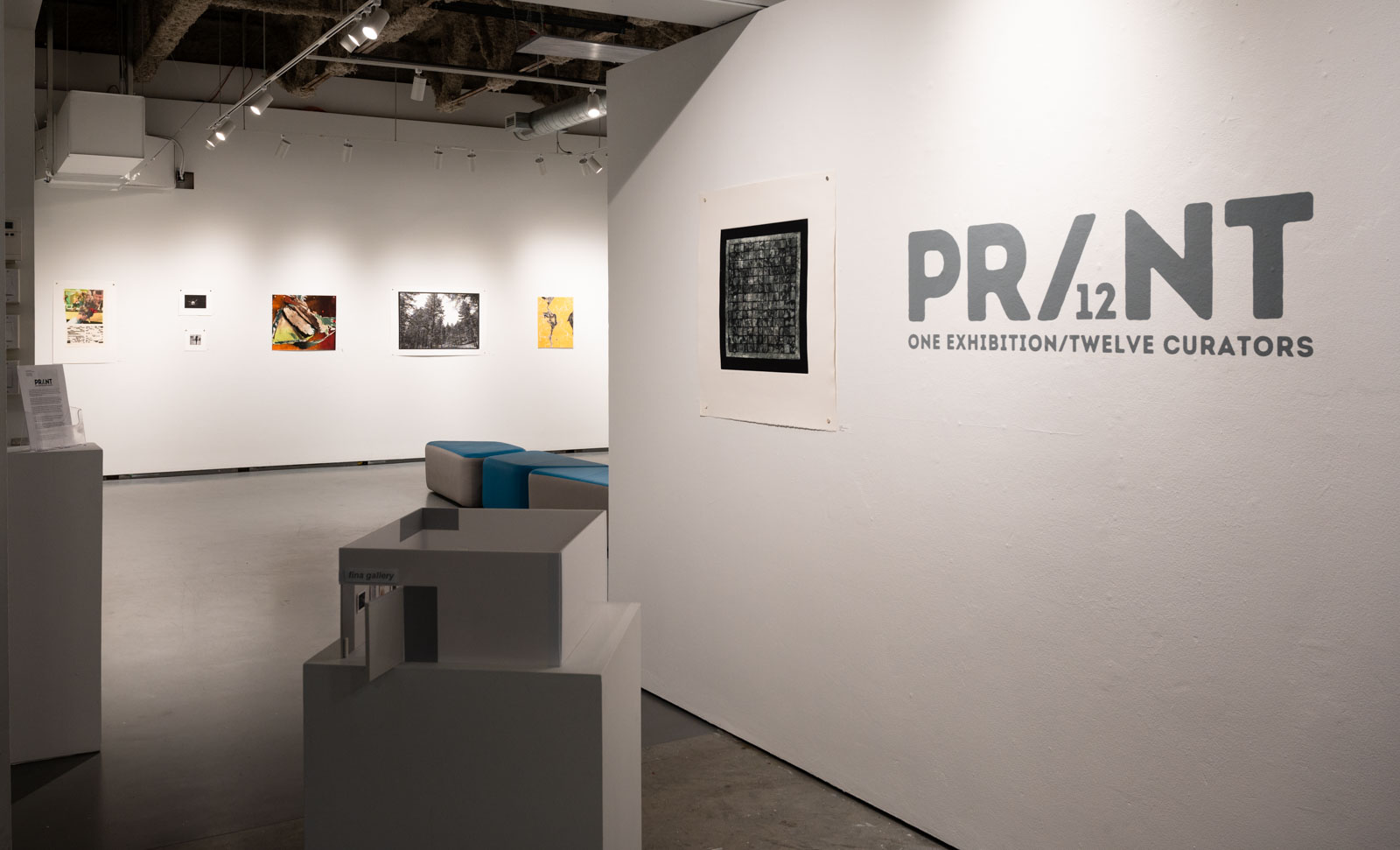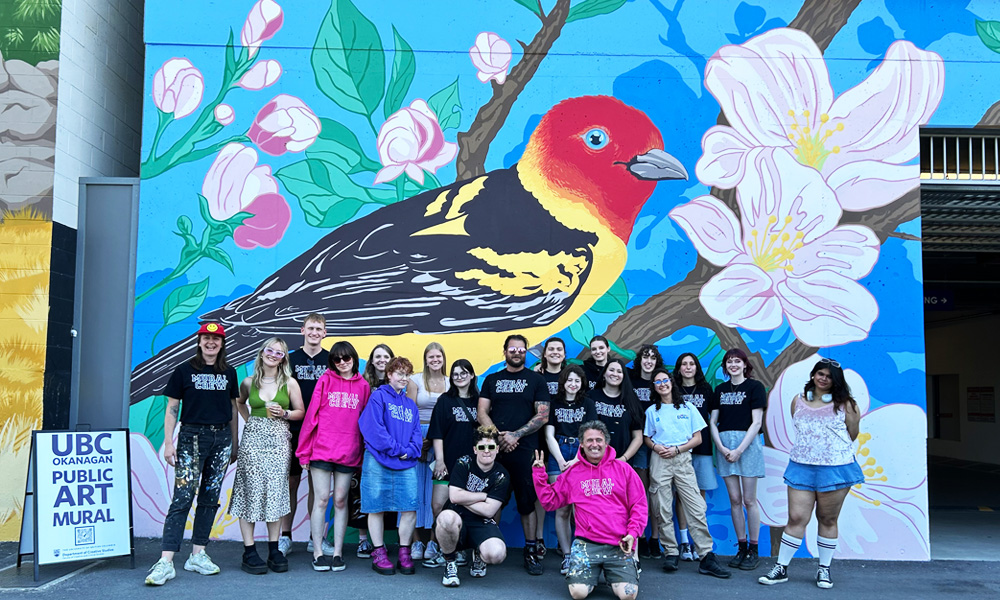PR/12NT: One Exhibition, Twelve Curators
A new exhibition in the FINA Gallery, organized as part of the Art History and Visual Culture program’s fourth-year experiential learning Curating Contemporary Art course, opens on Friday October 25 at 6pm with a reception welcoming the friends and family of the twelve student curators responsible for organizing the show, and printmaking lovers from across the UBC Okanagan campus and...

 Follow
Follow







